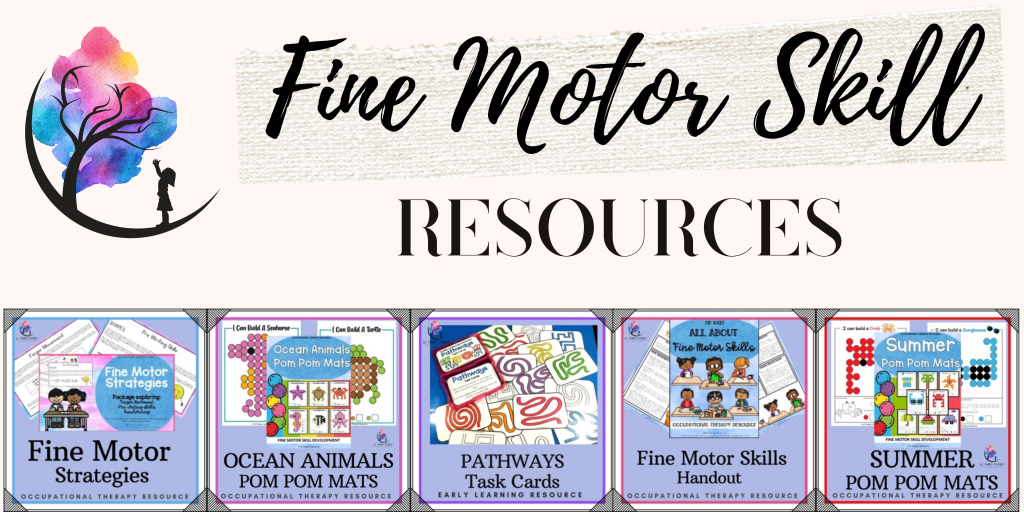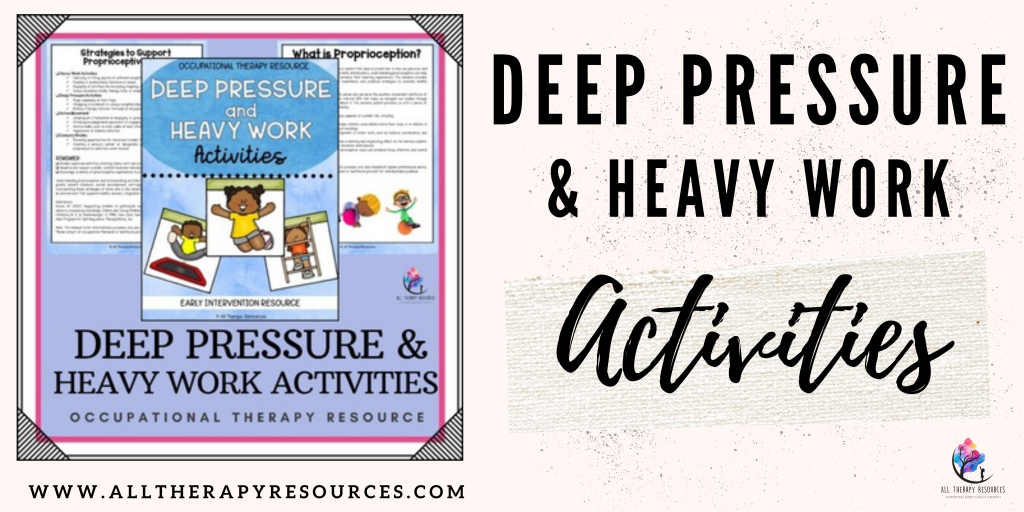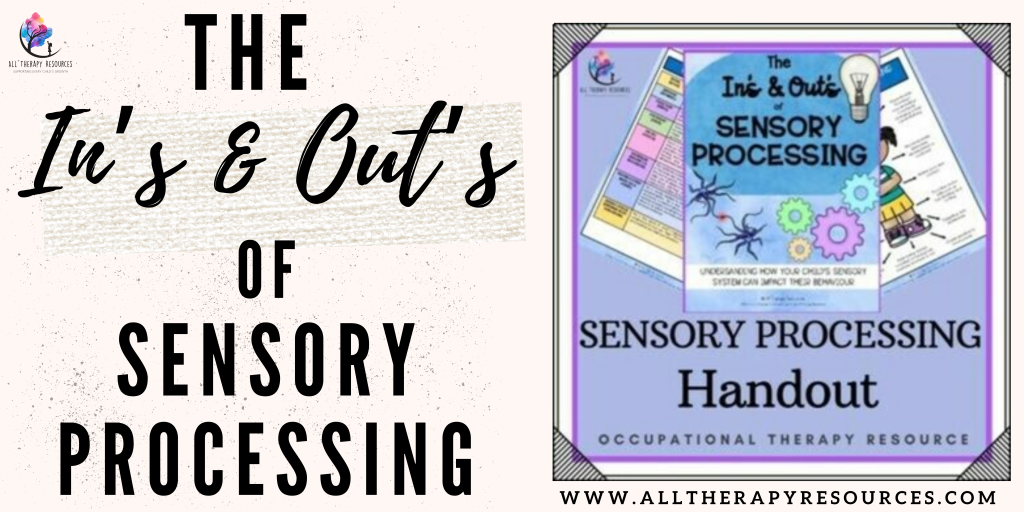How to enhance students’ success with Occupational Therapy in School Settings

Occupational therapy in schools might sound a bit niche to some, but trust me, it’s like the best support services for students. It’s all about helping kids nail those daily tasks and routines that are essential for participating in school and social life.
From tying shoelaces to focusing in class without feeling overwhelmed by sensory inputs, OTs are the unsung heroes making sure students can do their best learning and growing.

The Magic of Occupational Therapy
So, what’s the big deal with occupational therapy in schools? Imagine this: For some students, the classroom feels like a rock concert where the volume’s turned up way too high.
Others might find the simple act of holding a pencil as tricky as solving a Rubik’s cube. That’s where occupational therapy comes in. OTs work their magic to tweak the environment, teach skills, and introduce strategies so every student can find their groove. For example, fine motor and gross motor skills are foundational development areas that Occupational Therapists can support your child with.

Sensory Activities
A big part of Occupational Therapy involves sensory activities. These are not your average school games; they’re carefully designed tasks that pack a punch in terms of sensory input. Think of activities that involve pushing, pulling, lifting, and even squeezing – all of which help students regulate their sensory systems. It’s basically like giving them a toolbox to manage how they interpret and react to the world around them.
For those looking to get their feet wet with sensory activities, the “Occupational Therapy Sensory Activities: Deep Pressure & Heavy Work Activities” resource is a treasure trove. It’s packed with ideas to help students get the sensory input they need to stay focused and calm throughout the school day. Whether it’s carrying books, doing wall push-ups, or engaging in tug-of-war, these activities are all about providing that just right level of challenge and stimulation. Check it out here.

Unraveling the Mystery of Sensory Processing
But why do these activities work?
So, it all boils down to sensory processing – the way our brains make sense of all the sights, sounds, textures, and movements we encounter. For some students, this process is a bit like trying to listen to a radio that’s not quite tuned to the station.
The “Ins & Outs of Sensory Processing: Occupational Therapy Handout” is an excellent primer for educators and parents alike, demystifying sensory processing and offering insights into how OT can help. It’s a must-read for anyone looking to support students with sensory processing challenges. Take a closer look here.

How to enhance students’ success with Occupational Therapy in School Settings
To boost student success with Occupational Therapy (OT) in schools, it’s all about getting creative, collaborative, and really tuned into what each student needs. Let’s break down some ways to make this happen:
● Starting Off Right
First up, it’s key to spot early who might need a bit of extra help. This means keeping an eye out for kids who are finding it tricky to manage fine motor tasks, getting overwhelmed by sensory stuff, or just struggling with the everyday tasks that school throws at them.
● Teamwork Makes the Dream Work
Next, it’s about getting everyone on the same page. This means sitting down with teachers, parents, and not forgetting the students themselves, to figure out what goals we’re aiming for. Whether it’s getting better at handwriting, making friends, or just getting through the day without a meltdown, it’s all important.
● Making Classrooms Work for Everyone
Then, there’s the classroom itself. OTs can share some cool tips and tweaks with teachers to make classrooms more welcoming and accessible for all kinds of learners. This could be anything from rearranging furniture to reduce distractions, to using special tools that make writing easier.
● The Sensory Side of Things
For kids who find the sensory side of life a bit overwhelming, integrating sensory-smart strategies into their day can be a game-changer. This could mean having quiet corners for when things get too much, or using fidget tools to help them focus.
● Practice Makes Perfect
Practicing everyday skills in a safe and supportive setting is also super important. OTs can help students work on everything from tying shoelaces to organizing their backpacks, making sure they’re ready to tackle their day with confidence.
● Bringing Fun into Learning
And let’s not forget the power of play! Occupational therapy often uses play as a way to work on skills without it feeling like work. Through fun activities, students can improve their motor skills, learn how to work with others, and just enjoy being kids.
● Keeping the Conversation Going
Finally, keeping the lines of communication open between the OT, the school, and the home is crucial. Sharing successes, concerns, and updates ensures that everyone is working together towards the student’s success.
By weaving OT into the fabric of school life, we can help make sure every student has the support they need to thrive, both academically and personally. It’s all about building a stronger, more supportive school community where every student gets to shine.
Occupational Therapy is More Than Just “Therapy”
Occupational therapy in schools goes beyond just therapy sessions. It’s about building a bridge for students to cross from feeling overwhelmed and out of sync to becoming confident and capable learners. For example, utilizing brain breaks and movement in the classroom are effective strategies to re-energize and refocus students, fostering a more dynamic and attentive learning environment.
OTs collaborate with teachers, parents, and the students themselves to create a holistic support system. They’re like the architects of a more accessible and inclusive learning environment where every student can thrive.

Wrapping It Up
Diving into the world of occupational therapy in school settings opens up a whole new perspective on supporting student success. It’s not just about academic achievements; it’s about empowering students to navigate their world more effectively, making the school experience enriching and enjoyable for everyone involved. With the right resources and a bit of creativity, the possibilities are endless.
So, whether you’re an educator, a parent, or even a student curious about occupational therapy, remember that it’s all about making those daily victories possible. Let’s give a big shout-out to the occupational therapists in our schools and all the fantastic work they do.
Ready to explore more about how OT can transform the school experience? Dive into these resources and start the journey today.

FAQs: Occupational Therapy in School Settings
What does occupational therapy in schools involve?
Occupational therapy (OT) in schools helps students overcome challenges in performing daily tasks or participating in school activities, enhancing their ability to learn and engage with their environment.
Why are sensory activities important in OT?
Sensory activities help regulate students’ sensory input, like touch and movement, making it easier for them to focus, learn, and interact in the classroom.
Who benefits from occupational therapy in schools?
Any student facing difficulties with daily school tasks, including those with disabilities, sensory processing challenges, or fine motor skill needs, can benefit from OT.
Can OT assist students with learning disabilities?
Yes, OT can significantly aid students with learning disabilities by improving foundational skills necessary for learning, such as fine motor skills and sensory regulation.
How do OTs collaborate with teachers and parents?
OTs work closely with teachers to integrate therapeutic strategies into the classroom and with parents to extend support at home, ensuring a consistent and supportive environment for the student.














